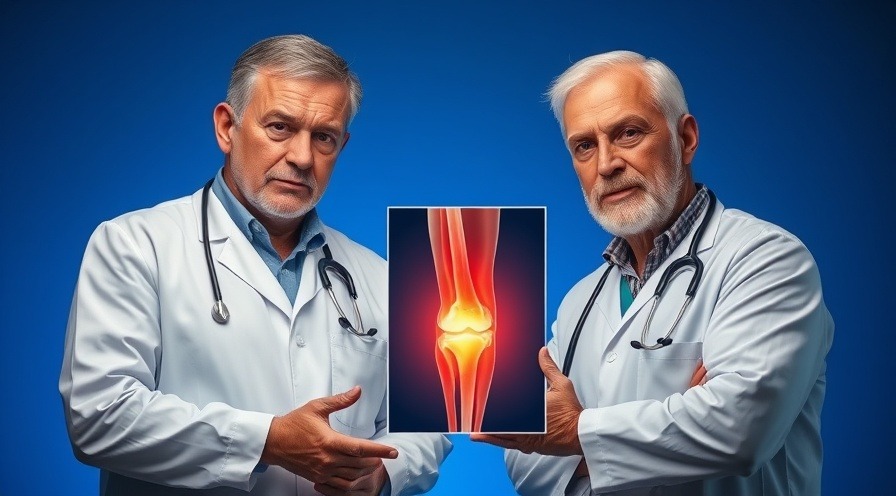
How Simple Steps Can Transform Your Heart Health
Every step you take can lead to a healthier heart. It might sound simple, but research shows that just 150 minutes of moderate activity each week is enough to significantly reduce the risk of heart disease, stroke, and high blood pressure. The American Heart Association reminds us that we don’t need a fancy gym membership—movement can happen anywhere, at any time.
In 'Let's Walk,' the discussion dives into heart health and the importance of movement, exploring key insights that sparked deeper analysis on our end.
Finding Joy in Everyday Movement
Walking the dog, dancing in the kitchen, or opting for the stairs instead of the elevator are all easy ways to work more activity into your day. It’s essential to remember that movement doesn’t have to be regimented or intensive to count. In fact, activities we often do in our daily lives can add up to substantial health benefits. The key is to move with purpose, no matter how small.
Embracing a Heart-Healthy Lifestyle
When it comes to heart health, building habits takes more than just intention—it involves creating a supportive environment that encourages movement. Make it a family affair! Get your loved ones involved in activities, such as evening walks or weekend hikes. Not only does this promote healthier living, but it also strengthens bonds, turning fitness into a fun and rewarding experience.
Real-Life Transformation Stories
Take a moment to reflect on those who’ve revitalized their health through everyday activities. For instance, Jane, a busy mom of two, decided to swap her daily screen time for thirty minutes of walking around her neighborhood. She not only lost weight but also reported higher energy levels and improved mood. Stories like Jane’s illustrate the profound impact of integrating more movement into our routines.
Actionable Steps Toward a Healthier Heart
So how can you get started? Here are a few actionable tips:
- Set achievable goals: Start with 10-minute walks and gradually increase your time.
- Make it fun: Choose activities you enjoy, whether that’s dancing, hiking, or gardening.
- Get social: Invite friends or family to join you in your activities, creating accountability and fun.
Conclusion: It’s Time to Get Moving!
As we’ve explored, heart health is not solely defined by gym workouts or structured routines; it’s also about making small, joyful movements a part of our everyday lives. The message is clear from the American Heart Association: every step counts. So let's move together—move for your heart, for your loved ones, and for a healthier you. Join us today in making movement a priority!
 Add Row
Add Row  Add
Add 




Write A Comment